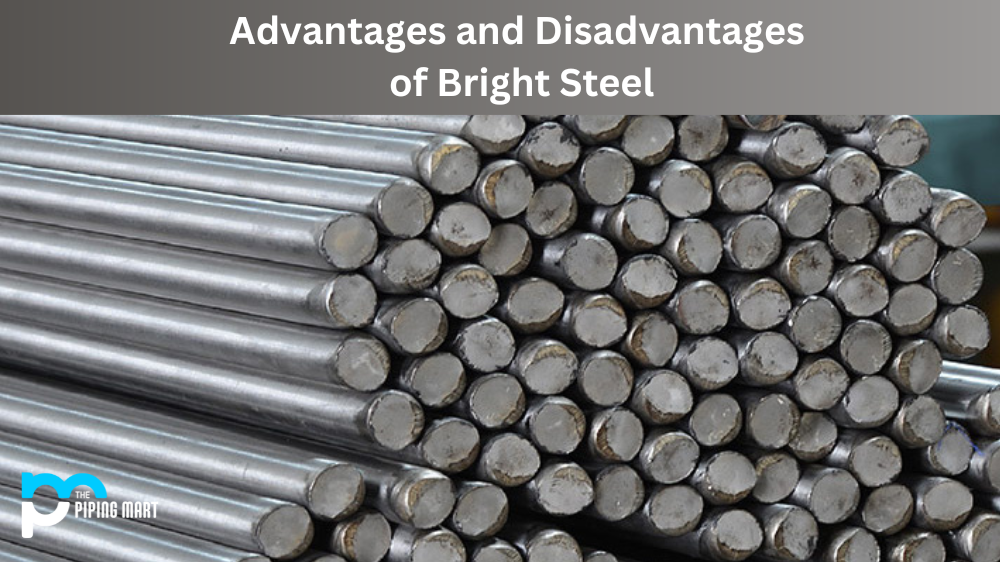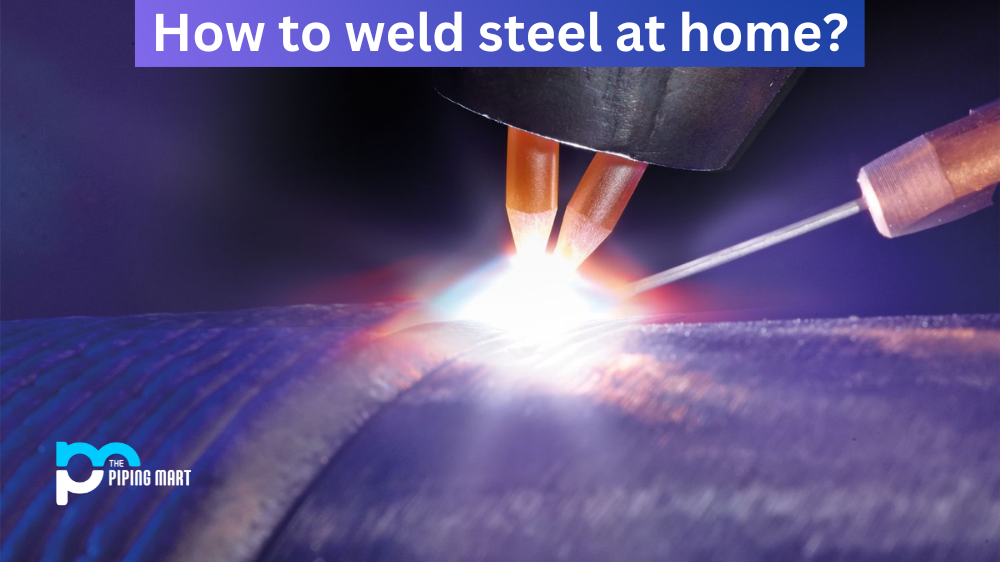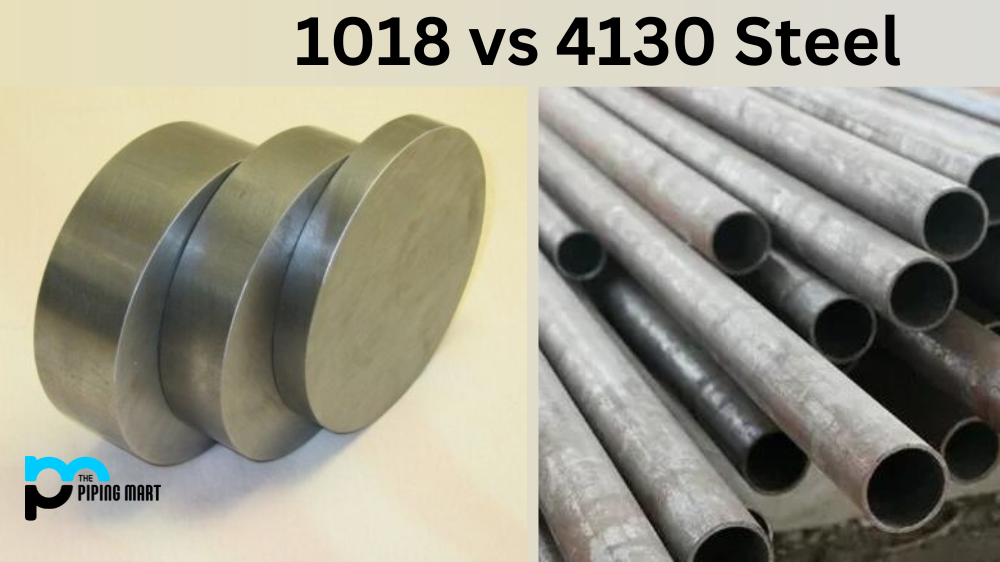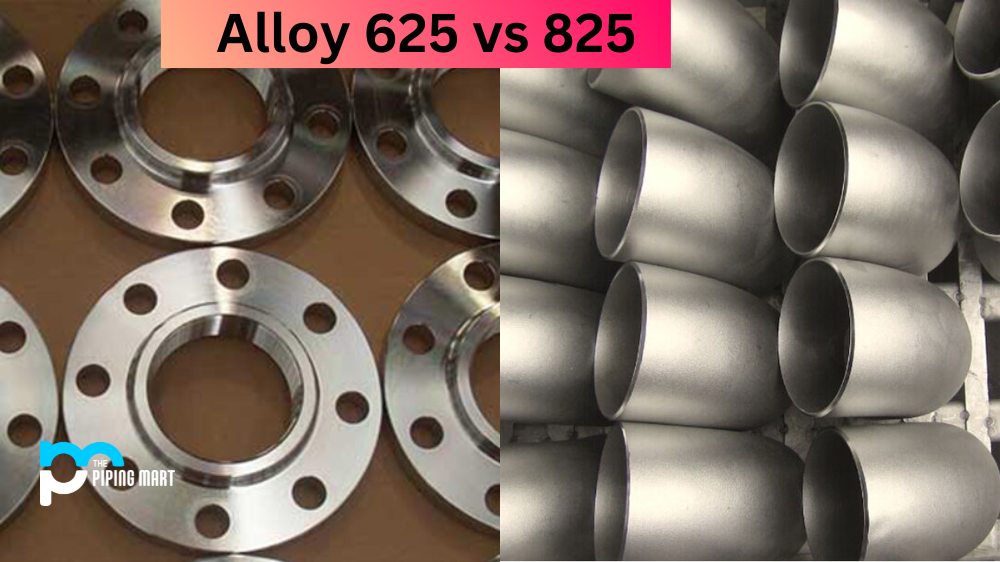Bright steel is a steel alloy specifically designed for improved strength and durability. It is often used in the construction, automotive, and engineering industries for its strength and corrosion resistance. In this blog post, we will explore the advantages and disadvantages of bright steel so that you can make an informed decision about whether it’s a suitable material for your needs.
5 Advantages of Bright Steel
The primary advantage of bright steel is its strength. It has a higher yield strength than carbon steel, which means it can withstand more significant amounts of stress before it breaks or deforms. Additionally, its high tensile strength makes it suitable for applications like suspension systems in cars or trucks where parts must be able to resist significant loads without bending or breaking. Furthermore, bright steel also has excellent corrosion resistance due to its chromium and nickel content. This makes it perfect for applications where exposure to moisture or other corrosive elements is a concern.
Increased Strength
One of the primary advantages of bright steel is that it is much stronger than other types of steel. This makes it ideal for applications where strength is critical, such as building bridges and buildings. Additionally, bright steel is less likely to corrode than other types of steel, making it a good choice for outdoor applications.
Enhanced Aesthetics
Another advantage of bright steel is that it has a much more aesthetically pleasing appearance than other types of steel. The steel’s bright finish makes it much more visually appealing, which is why it is often used in the construction of high-end products such as jewelry and watches.
Increased Durability
In addition to being strong and aesthetically pleasing, bright steel is much more durable than other types of steel. This means that it will not rust or corrode as easily, making it a good choice for products exposed to the elements. Additionally, bright steel is less likely to tarnish over time, making it a good choice for products that last a lifetime.
Improved Corrosion Resistance
One of the main benefits of bright steel is that it has improved corrosion resistance compared to other types of steel. This means it will rust less easily, making it a good choice for products exposed to the elements. Additionally, bright steel is less likely to tarnish over time, making it a good choice for products that last a lifetime.
Enhanced Machinability
Another advantage of bright steel is that it is much easier to machine than other types of steel. This means that products made from bright steel can be made with much greater precision, which is essential for applications where accuracy is critical. Additionally, machined parts made from bright steel will have a smoother finish and be less likely to suffer from defects.
5 Disadvantages of Bright Steel
One disadvantage of bright steel is its cost. Due to its high nickel and chromium content, bright steel is more expensive than other types of steel, such as carbon or stainless steel. Additionally, bright steel is harder than regular steel, making machining difficult and time-consuming if not done correctly. Finally, bright steel does not have the same level of ductility as other types of steel, meaning that it cannot be bent without cracking or breaking under pressure. This can limit its usefulness in specific applications where flexibility is required.
- Bright steel is more expensive than other types of steel.
- Bright steel is more difficult to weld than other types of steel.
- Bright steel is more difficult to machine than other types of steel.
- Bright steel is more difficult to grind than other types of steel.
- Bright steel is more susceptible to corrosion than other types of steel.
Conclusion:
Bright steel offers many advantages, such as increased strength, corrosion resistance, and improved durability compared to other types of steel. However, these advantages come with a hefty price tag due to the higher cost associated with this type of alloy and difficulties related to machining and bending due to its hardness and lack of ductility. Ultimately, whether or not bright steel is the right choice for your application depends on your budget requirements as well as your specific needs regarding strength, flexibility, and corrosion resistance. Understanding both the pros and cons will help you make an informed decision about whether or not this type of alloy is suitable for your needs!

Meet Bhavesh, a seasoned blogger with a wealth of knowledge and experience. From metal products manufacturing to retail, Bhavesh has a diverse background in various industries and is dedicated to sharing his insights and expertise with readers.




